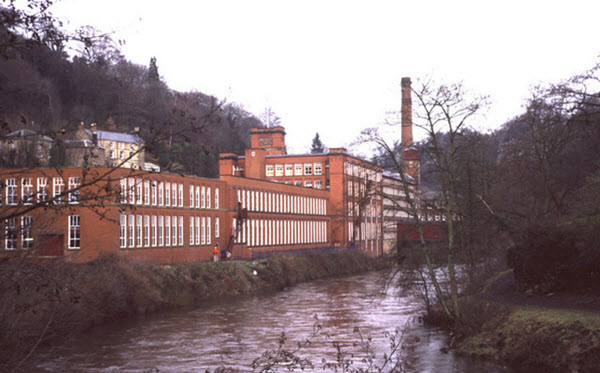It is always exciting to visit an old heritage site, and take a look at how our ancestors used to live and survive. It is particularly interesting see how life was, as we live in a more advanced society, with modern necessities and technologies. One of the best places to visit, and have a taste of life as it was, is the Masson Mill located in Derbyshire, England. It is part of the Derwent Valley Mills, which is listed as a World Heritage Site by UNESCO.

The Historic Site Today
Masson Mills is open to visitors from all over the world, throughout the year. In addition to the attractive and impressive site, the surrounding area provides visitors with plenty of other attractions, such as the extensive shopping complexes in the vicinity.
The site made of an 18th century-designed building, with a one-of-a-kind chimney which is visible surrounding the top of the building. Though Masson Mills is very old, there are modern buildings around, which host a number of shops, cafes and restaurants. The building is quite big, comprising several rooms, therefore visitors who do not have a guide are given some pamphlets with a map of the building. Visitors are allowed to walk freely in all the rooms, and there are guides who explain all the processes that used to happen in each room. Original details are still visible, such as the tethering ring where mill founder Sir Richard Arkwright used to tether his horse. Visitors are given the pleasure of seeing the looming machines, which still work to this day, though a few modern machines have been added to the factory. The roar and din of the old machinery offers a real insight into what the 18th century factory workers would have experienced every day.
Heritage and History
This mill was built by Sir Richard Arkwright in 1783, close to the River Derwent, which provided the water that powered the factory. The factory was built of grit, stone and bricks and was five stories tall. The reason Masson Mills is one of the last working factories is that its machines are still working just the same way they always used to. Workers still operate the machines, demonstrating the manufacture of textiles for the benefit of visitors, with the products being made available for purchase in the Mills shop. One of the working machines is known as ‘the Devil’, which was used to break cotton bales. The operation of this machine was so complex and dangerous that some people lost their lives working on it, while others were maimed. One conspicuous feature is a large bell that is still operational, which used to signal the working shifts for the workers. The museum also has a collection of the bobbins used to wind the cotton threads in times gone by. It is believed to be the largest collection of bobbins from those days.
Today there are a few modifications to the original building, with an additional storey, while some adjacent buildings have been torn down. Visitors are also welcome to see Sir Richard Arkwright’s castle, which stands nearby with a beautiful view of Cromford.